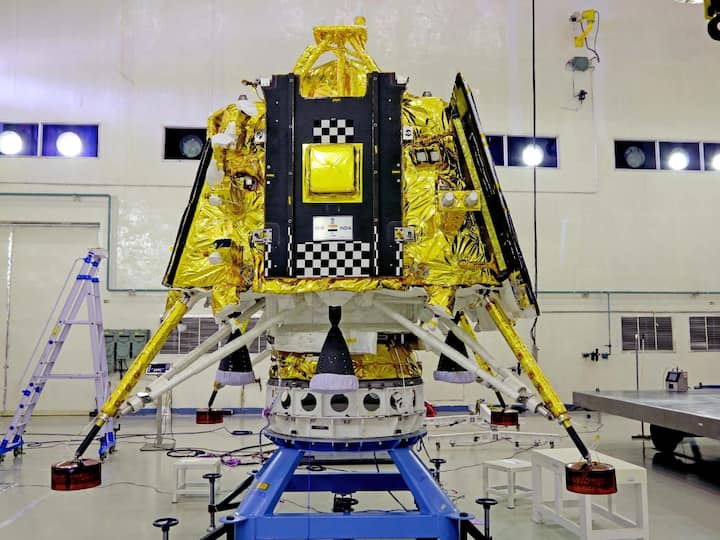Check out the live tracker to view the direction, speed, and route of Chandrayaan-3 for yourself.

As of August 1, Chandrayaan-3 was travelling on the Moon’s orbit at a speed of approximately 38,520 kilometres per hour. Its current speed has decreased to around 37,200 km. It is now possible to track the progress of Chandrayaan-3 in real time with the help of a tracker. Are you interested in knowing its current location in space, the number of days remaining, and the distance it still needs to cover?
There are only 20 days remaining until Chandrayaan-3 attempts to land on the moon. In just two days, it will begin the process of capturing the moon’s orbit. There is complete confidence that Chandrayaan will succeed in this mission, as ISRO scientists have accomplished this task twice in the past. However, the current location and trajectory of Chandrayaan-3 in space remain unknown.
The ISRO Telemetry, Tracking and Command Network (ISTRAC) in Bengaluru is continuously monitoring Chandrayaan’s speed, health, and direction. ISRO has launched a live tracker for the public to monitor the spacecraft’s location in space and determine how many days are left until it reaches the moon.
Chandrayaan-3 is currently en route to the moon, travelling at a speed of approximately 37,200 kilometres per hour. It is currently travelling on its designated path, but in two days, it will enter the moon’s orbit. This will occur on August 5, 2023, at 6:59 PM, positioning Chandrayaan-3 approximately 40,000 kilometres away from the moon’s surface. It is at this point that the moon’s gravitational force begins to take effect.
Its speed will be reduced from 5 to 23 August
In order for Chandrayaan-3 to enter the moon’s orbit, it must maintain a speed between 7200 and 3600 kilometres per hour. From August 5 to August 23, the speed of Chandrayaan will be continuously reduced to meet the gravitational force of the moon. Currently, the speed of Chandrayaan is too high, and it must be reduced to 2 or 1 kilometre per second (equivalent to 7200 or 3600 kilometres per hour) to successfully enter the moon’s orbit. Once in orbit, Chandrayaan-3 will gradually land near the South Pole.

Chandrayaan-3 will return if Moon’s orbit is not found
Did you know that the gravity of the Moon is 6 times weaker than that of the Earth? This means that the speed of Chandrayaan-3 must be reduced to avoid surpassing the Moon. Currently, Chandrayaan-3 is on a Trans Lunar Trajectory of 288 x 369328 km. If it fails to enter the Moon’s orbit, it will return to Earth’s fifth orbit after 230 hours. Luckily, ISRO scientists can make another attempt to send it back to the Moon.
Chandrayaan’s path has no room for failure.

According to sources in ISRO, it is worth examining past attempts by countries and space agencies to send spacecraft to the Moon via rocket. Unfortunately, one in three of these missions failed. However, ISRO has chosen a path and method with a much lower likelihood of failure. This provides an opportunity for the mission to be successfully completed once again.
Propulsion and lander modules will be separated on August 17
Chandrayaan-3 is scheduled to enter an elliptical orbit around the Moon on August 5, at a distance of approximately 40,000 kilometres from its surface. Following this, an orbit manoeuvre will take place until August 17th when Chandrayaan-3 will be placed into a 100km orbit. The propulsion and lander modules will be separated on the same day.
On August 18th and 20th, the Chandrayaan-3 lander module will enter the Moon’s orbit gradually. The landing is scheduled for August 23rd, at approximately 5:45 pm. Currently, the integrated module of Chandrayaan-3 is oriented towards the Moon, but it will be repositioned to ensure a smooth deorbiting and deboosting process.
Write with us✍?
TeamUgtWorld warmly welcomes everyone! If you have something on your mind that you’d like to write about, we invite you to publish your content on our platform @Ugtworld. To learn more, please click on the link provided below.


